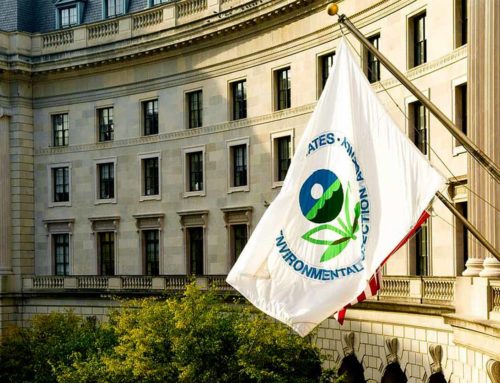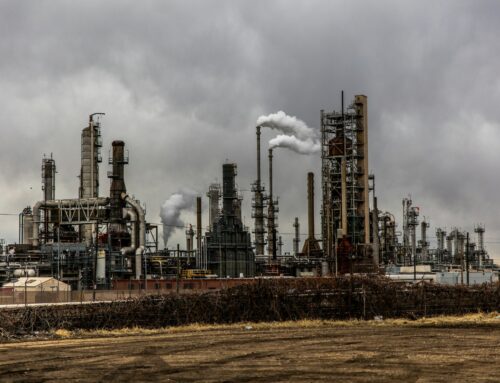The 2017 Tax Act included an extraneous provision authorizing the preparation and sale of leases for oil and gas development in the Coastal Plain of the Arctic National Wildlife Refuge (ANWR) in Alaska. Estimated to generate $1 billion in revenue, the measure was laughably included as a partial offset to the Tax Act’s $1.4 trillion price tag. Yet past oil and gas leasing in the immediate area known as Alaska’s North Slope indicates that ANWR lease sales will only generate a small fraction of the initial estimate. In particular, the results from comparable sales on neighboring state land suggest the new leases will most likely only bring in around $20.8 million. The ANWR lease sales will effectively add to the deficit by increasing the cost of the Tax Act and expose taxpayers to significant liabilities from future drilling in the ecologically sensitive region.
Because anticipated revenue from Coastal Plain leasing was used to offset some of the 2017 Tax Act’s cost, any revenue shortfall will directly add to the ballooning federal budget deficit. But counting on this revenue seems foolhardy:
- In total over the last 20 years, oil and gas companies leased 12 million acres on Alaska’s North Slope, or seven times the acreage of the entire ANWR Coastal Plain—1.56 million acres. Collectively they only paid $611 million in bids—still a third less than projected revenues for the planned ANWR sales.
- Using the average bid per acre for onshore sales over the last five years in the region, taxpayers can expect to receive at most $41.6. million in revenue – just 4.6 percent of the official $900 million estimate.
- Of the 72 parcels in state lands and waters surrounding the Coastal Plain of ANWR, oil and gas companies have only ever leased half over the last 20 years. But even if oil and gas companies bid on ALL of the ANWR parcels— at the historical average for the adjoining lands, taxpayers can hope to recoup just $16.8 million from the BLM oil and gas lease sales.
The complete report is best viewed here, in PDF format.
[CORRECTION: This page and the underlying report were updated on Nov. 13 2019 to correct a statistic for the extent of oil and gas leasing on Alaska’s North Slope. This page and the report now correctly state: “In total over the last 20 years, oil and gas companies leased 12 million acres on Alaska’s North Slope, or seven times the acreage of the entire ANWR Coastal Plain—1.56 million acres.” TCS regrets the error and encourages all readers to download the corrected report for any future uses.]
Arctic Oil and Gas Leasing: Federal Revenue Projections that Don’t Add Up
In 2017, Congress authorized federal oil and gas leasing and development in the Coastal Plain of the Arctic National Wildlife Refuge (ANWR), claiming it would generate $900 million in federal revenue. But even with the rosiest revenue projections taxpayers are more likely to receive about $20 million. Right now, U.S. oil and gas production is high, prices are low, and the risks to drill in this inaccessible, sensitive area in Alaska are very real. With revenue likely to fall dramatically short for taxpayers, drilling in ANWR lacks common sense.
* % of Acres Bid-The percentage (50%) of offered parcels adjacent to the Coastal Plain of ANWR ever bid on by the oil and gas industry, 1999-2018
**High-end avg. bid/acre-The 2014-2018 average bid for all onshore parcels sold on Alaska’s North Slope, adjusted to $2018-$53.21/acre
***Total Revenue-Total bonus bids received for ANWR leases, of which half is shared with the state of Alaska
Continue reading here
















Get Social